The Solar Energy Industries Association (SEIA) has a vision for implementing a circular economy within the solar and storage industry.
SEIA said its strategic vision and forthcoming actions in an “aggressive but reasonable timeframe” and said it will also serve as a roadmap for SEIA members, participants in the solar and storage industries, policymakers, and other relevant groups.
Circular economies reduce material use, decoupling economic growth from resource consumption. Their focus is to keep materials and products in circulation for as long as possible. Circular economies are a stark contrast to the more common linear economy, in which resources are mined, made into products, and then become waste.
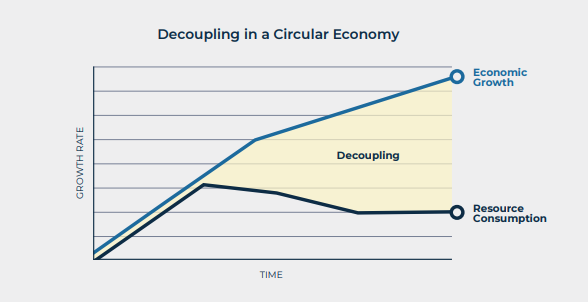
Image: SEIA
Embracing the circular economy positions the solar and storage industry for long-term, sustainable growth by reducing reliance on new raw materials, mitigating risks posed by a linear economy and cutting costs through resource efficiency. By extending the life of products and recovering valuable materials, the industry can scale more affordably, strengthen local economies, and enhance U.S. energy security.
“A circular economy requires us to rethink how we can sustainably use and reuse resources,” SEIA said in the report. “It challenges us to shift from being driven by output to instead be driven by efficiency, so we generate less output while doubling down on products that are recyclable, reusable, and more sustainable.”
Abigail Ross Hopper, SEIA CEO and president said in a statement that it’s important to implement strategies that extend the life of products and to reduce waste, which enable economic opportunities and a healthier environment.
“That’s what the circular economy is all about,” she said.
The solar and storage industry will have a strong foundation to fully implement the circular economy if it collaborates with diverse stakeholders and policymakers, such as academia, the solid waste industry and all participants in the value chain, SEIA said.
The roadmap outlines 15 objectives toward implementing a circular economy, providing details on the best types of stakeholders to involve, and what, when and how to do it. For example:
Other objective areas include research and development, legislative and regulatory advocacy and panel recycling, for example.
SEIA also included its three upcoming ANSI-accredited circular economy standards among its objectives, which are currently under development and will be published by the end of 2026, it said. After each standard is published, an education program and certification program will be implemented within three months, SEIA said.
(Also read: Making perovskite solar PV circular from the start)
This content is protected by copyright and may not be reused. If you want to cooperate with us and would like to reuse some of our content, please contact: editors@pv-magazine.com.
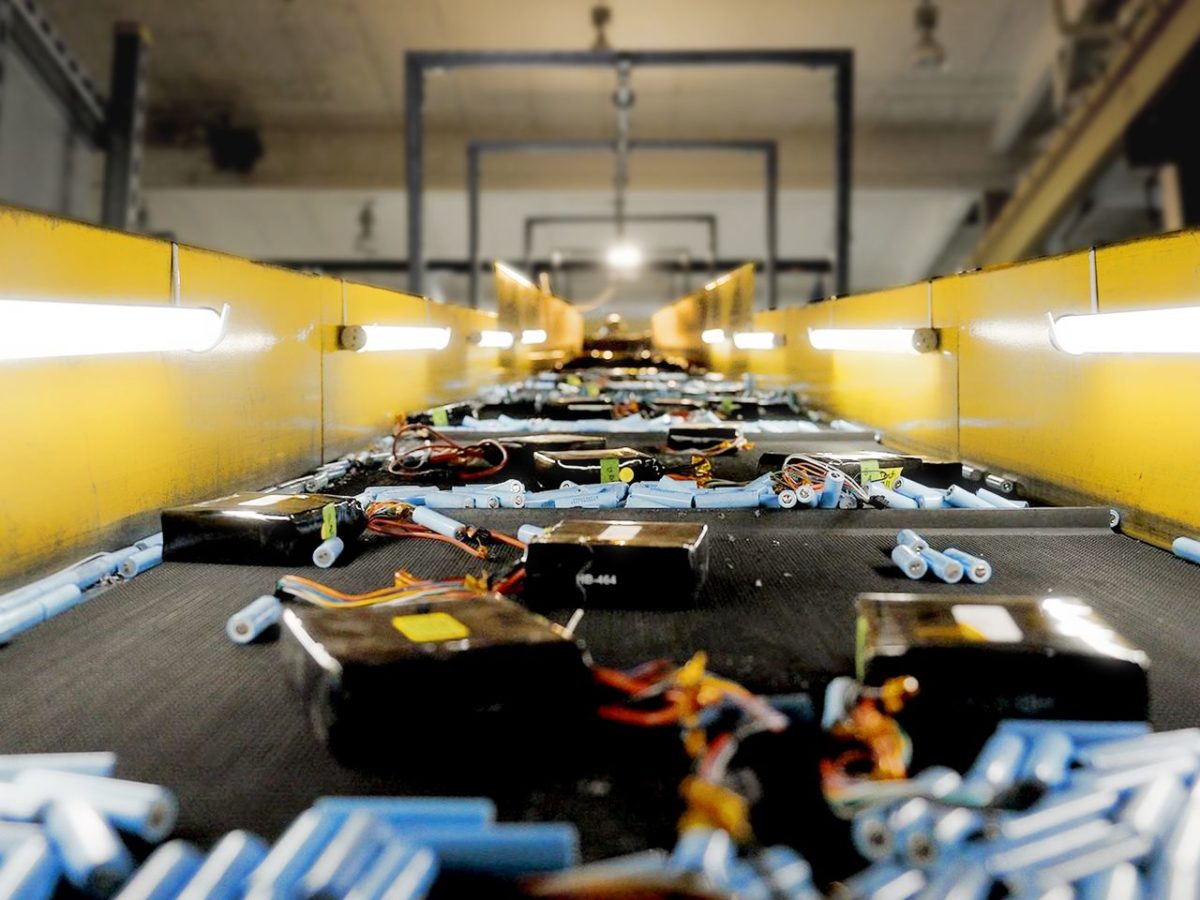
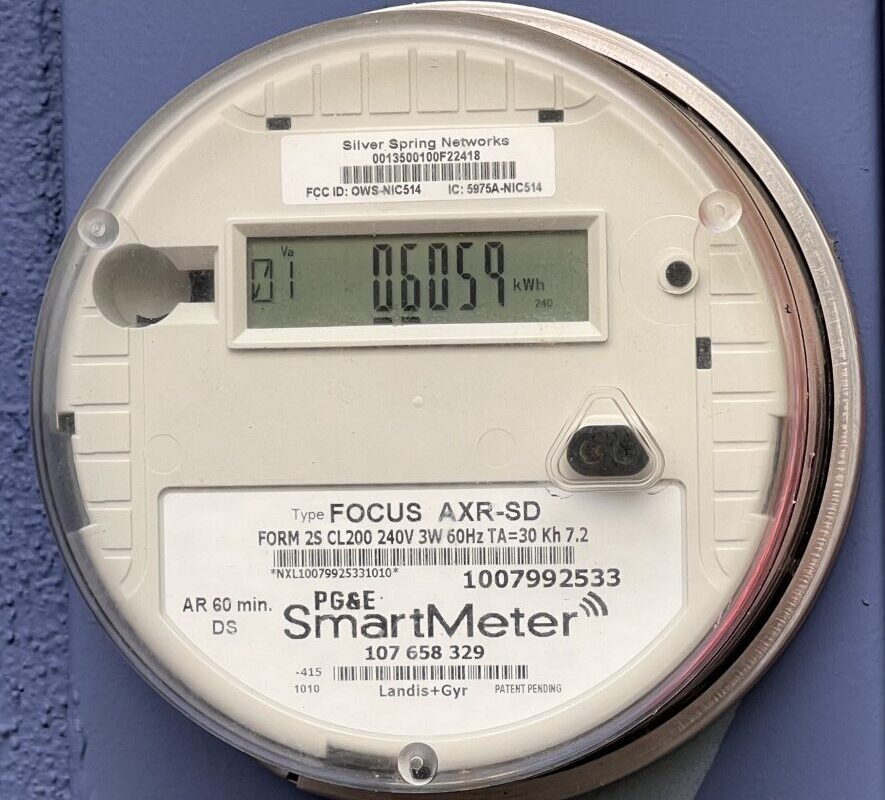


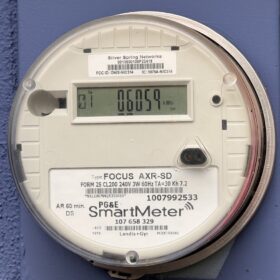
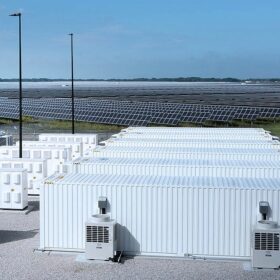
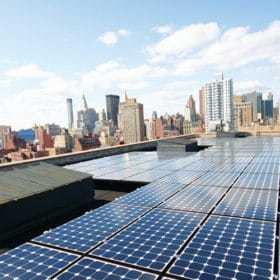
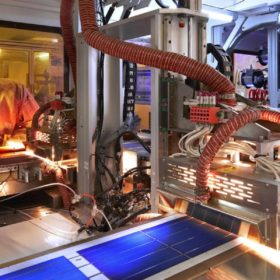

By submitting this form you agree to pv magazine using your data for the purposes of publishing your comment.
Your personal data will only be disclosed or otherwise transmitted to third parties for the purposes of spam filtering or if this is necessary for technical maintenance of the website. Any other transfer to third parties will not take place unless this is justified on the basis of applicable data protection regulations or if pv magazine is legally obliged to do so.
You may revoke this consent at any time with effect for the future, in which case your personal data will be deleted immediately. Otherwise, your data will be deleted if pv magazine has processed your request or the purpose of data storage is fulfilled.
Further information on data privacy can be found in our Data Protection Policy.